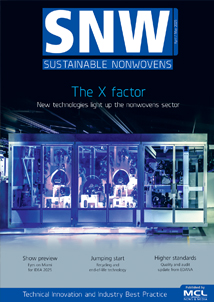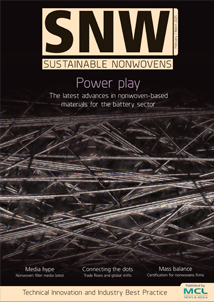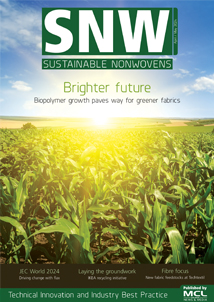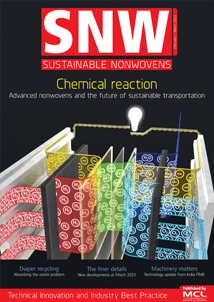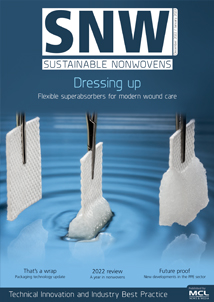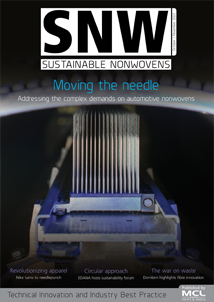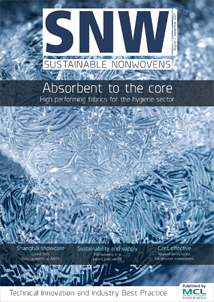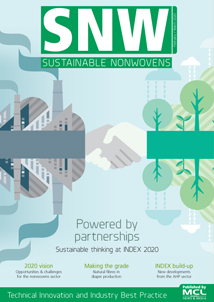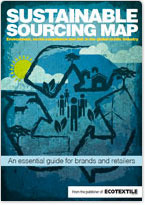Ten questions for Alexander A. Koukoulas, managing director, A2K Consultants
Hi Alexander, please could you tell us a little about the activities of A2K and your background?
I started A2K in 2006 seeing an opportunity to use my background in process chemistry, biomass utilization and new business development to support the then-nascent biofuels and biochemicals industry. Having spent over 20 years in senior management positions in the pulp and paper industry, my skills and knowledge base were completely transferrable. Soon after, A2K was supporting a range of companies, from start-ups to major petrochemical producers, advising them on both strategy and tactics related to bio-based materials, processes and wet-laid nonwovens.
A2K continues to provide guidance on sustainable manufacturing platforms, bio-based materials and technology due diligence. We have recently partnered with the Nonwovens Innovation and Research Institute (NIRI), to further support product development in the nonwovens sector here in the US.
At the recent EDANA Outlook exhibition you spoke of the three generations of biorefinery production. Can you briefly outline them?
Biorefineries are a function of the type of feedstock they are using and the process technology they deploy to transform biomass into valued-added chemicals. In terms of feedstocks, 1st generation biorefineries use starch and sugars derived from plants. An excellent example of this is corn-based ethanol, which uses starches derived from corn to produce ethanol through fermentation of the corn-based sugars. Virtually all commercial bio-based materials, such as polylactic acid (PLA), rely on the fermentation of plant-based sugars.
In contrast, 2nd generation biorefineries use wood, purpose-grown energy crops such as switchgrass, and waste materials such as straw and stover. Currently, there is considerable interest in the USA and elsewhere in using municipal solid waste (MSW) to produce value-added fuels.
The challenge with these materials is that they contain lignin, which is now seeing some interesting applications, such as a replacement for phenolic-based resins. Removing lignin and accessing the cellulose component of these 2nd generation raw materials has become quite a technical barrier, although considerable research efforts are on-going.
The 3rd generation biorefineries are based on algal systems or look to utilize atmospheric carbon dioxide directly. These technologies are generally at an early stage although there are some demonstration projects underway.
In terms of benefits to the environment, 1st generation biorefineries are generally an improvement over the baseline of existing petroleum-derived options. For example, corn-based ethanol achieves about a 20-30% reduction in greenhouse gas emissions over petroleum-derived gasoline.
Of course, the drawback to 1st generation biorefineries has been the fact that they may compromise the availablity of food resources and that may also have negative impacts from land-use, such as deforestation.
Because of the choice of feedstock, 2nd generation biorefineries have greenhouse gas reduction greater than 60% over the baseline, whereas 3rd generation technologies can have reductions that are greater than 100%, since they can actually sequester atmospheric carbon.
The emphasis, however, has so far been on the production of biofuels, rather than bioplastics. Why?














